4 Ways to Optimize Your AI SEO Strategy
Knowing how to integrate AI into your SEO strategy requires fine-tuning your current approach. Here are four practical optimization tactics to get you started.
1. Balance AI output with human oversight.
AI is a powerful tool for scaling content production—but relying solely on AI-generated material is a red flag for Google’s algorithms.
“Google knows if something is written by AI,” says Greg. “If you just go and create a bunch of AI content today, you’re going to get penalized.”
To work around this, Greg recommends blending AI efficiency with human editing — about 80% AI-driven content with 20% human input. The human touch is critical for adding expertise and the nuanced storytelling that AI alone can't replicate. “You kind of have to ‘decode’ Google,” Greg explains.
The key is ensuring the content feels natural and authoritative, so the algorithm can’t easily flag it as purely machine-generated.
For example, if you’re working with generative AI tools like ChatGPT, Jasper, or Claude AI, we recommend adding in real-world insights, unique perspectives, and verifiable author attribution to create content that satisfies both AI-driven ranking algorithms and human readers.
This hybrid approach allows you to scale faster while keeping content high quality, ensuring your site maintains a strong Google ranking.
🤓Expert Insight: If you’re feeling unsure about where to start with AI tools, check out platforms like Product Hunt, AI Tools Directory, or Future Tools, which curate and review the latest AI-driven software across different industries. Or subscribe to newsletters like Lore, which deliver ongoing updates on emerging AI tools, trends, and practical use cases to help you stay ahead.
2. Lean into AI personalization and predictive analytics to anticipate user intent.
Just as search engines favor content with high customer engagement, they also prioritize content that matches user intent at an individual level.
“AI just put personalization on steroids,” says Greg. “It’s no longer just about writing quality content, but delivering the right content to the right person at the right time.”
To stay competitive, use predictive analytics and AI predictive forecasting tools to anticipate user preferences based on behavioral data.
For example, HubSpot’s Predictive Lead Scoring can analyze user behavior—like email engagement, previous purchases, and website interactions—to predict which leads are more likely to convert, allowing marketing and sales teams to personalize their campaign messaging more effectively.
Similarly, Salesforce Einstein uses machine learning to analyze past customer interactions, providing personalized product recommendations or content at the right moment to boost engagement and conversions.
3. Integrate differentiated, interactive content to boost user engagement.
Google’s algorithm increasingly favors content that demonstrates both high user engagement and practical value.
Embedding interactive features like tools, calculators, quizzes, or videos directly into your pages is therefore a high-impact way to improve your search ranking, even if other aspects of your content are primarily machine-generated.
“Interactive content like this makes people stay on the website longer,” says Greg. “That’s a signal to Google that your site is valuable … so it will prioritize it and help you outrank competitors.”
Interactive features also encourage users to share and link to your content, amplifying your backlink profile and building domain authority.
This creates a positive feedback loop: the more useful your interactive content and tools are, the more users will engage, share, and link back to your site—all signals that reinforce your content’s value to Google.
🤓Expert Insight: as you introduce interactive content, focus on elements that solve problems or fulfill specific needs for your audience. Instead of just adding calculators or quizzes for the sake of it, tie them directly to your users’ most common pain points.
For example, if your content is about personal finance, embedding a budgeting tool or loan comparison calculator will not only provide value but also increase the likelihood of user engagement and sharing.
4. Adapt keyword strategies with real-time data.
Keywords are still essential for SEO success—but they now demand continuous updates to remain competitive.
As Greg explains during the episode, AI plays a crucial role here, automating keyword research and analyzing trends in real time, allowing you to outpace competitors who rely on slow and time-intensive manual updates.
“It becomes so much easier to figure out which keywords to rank for and what the content needs to look like in order for it to be seen by Google,” Greg says.
For example, AI tools like SEMrush’s Keyword Magic Tool, Surfer SEO, and MarketMuse can monitor keyword trends, search volume fluctuations, and competitor keyword rankings, helping you identify new opportunities in real-time.
Master SEO 2.0 with AI-Driven Precision
The future of SEO belongs to those who embrace AI-powered tools and adapt quickly to changing trends.
By balancing AI with human insight, creating interactive content, and using real-time data for personalization and keyword optimization, you can outpace competitors, keep your search rankings strong, and deliver real value to both users and search engines alike.
Artificial Intelligence



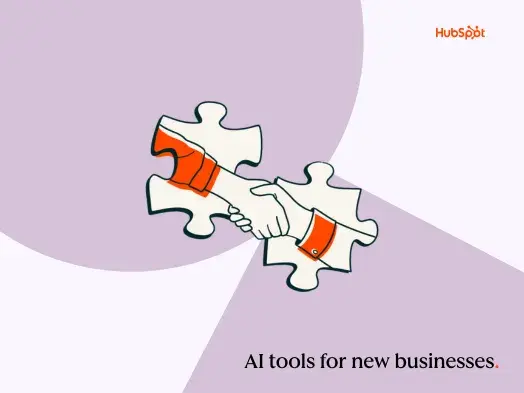
![AI email subject lines that drive 3x more revenue and actually convert [+ exclusive insights]](https://53.fs1.hubspotusercontent-na1.net/hubfs/53/ai-email-optimization-1-20251014-4500151-1.webp)

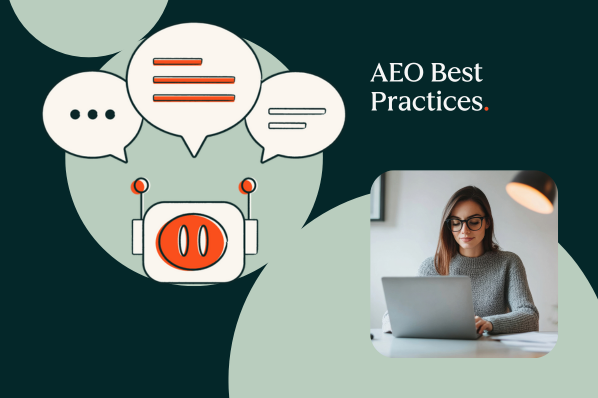
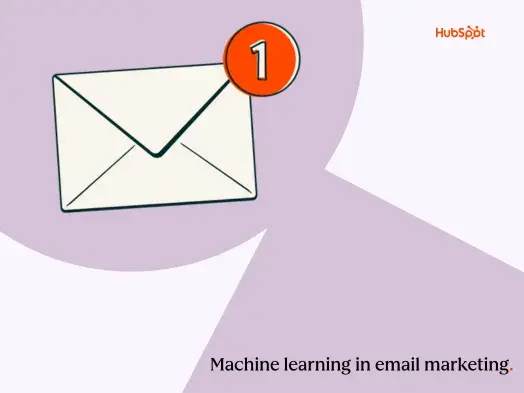
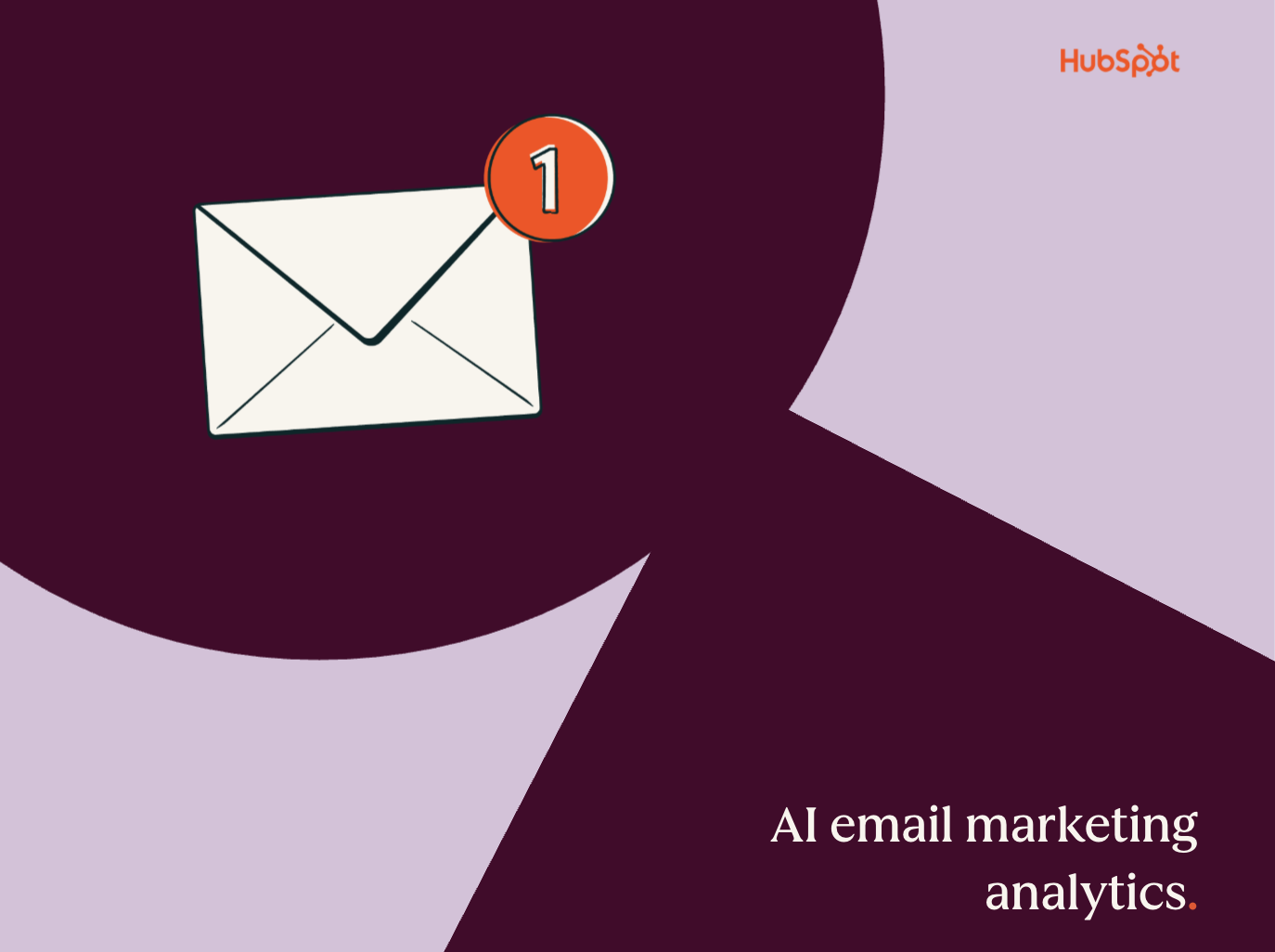

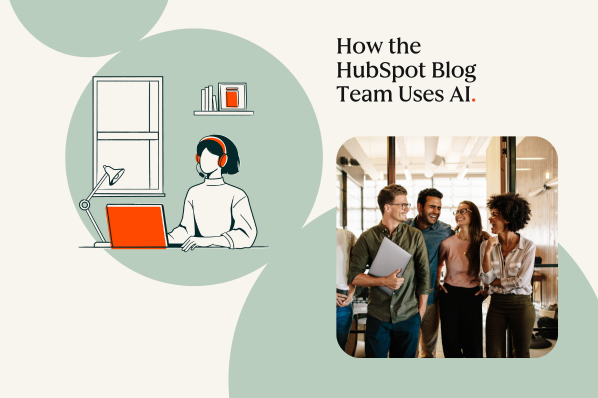
-1-20250905-2237709%202.webp)